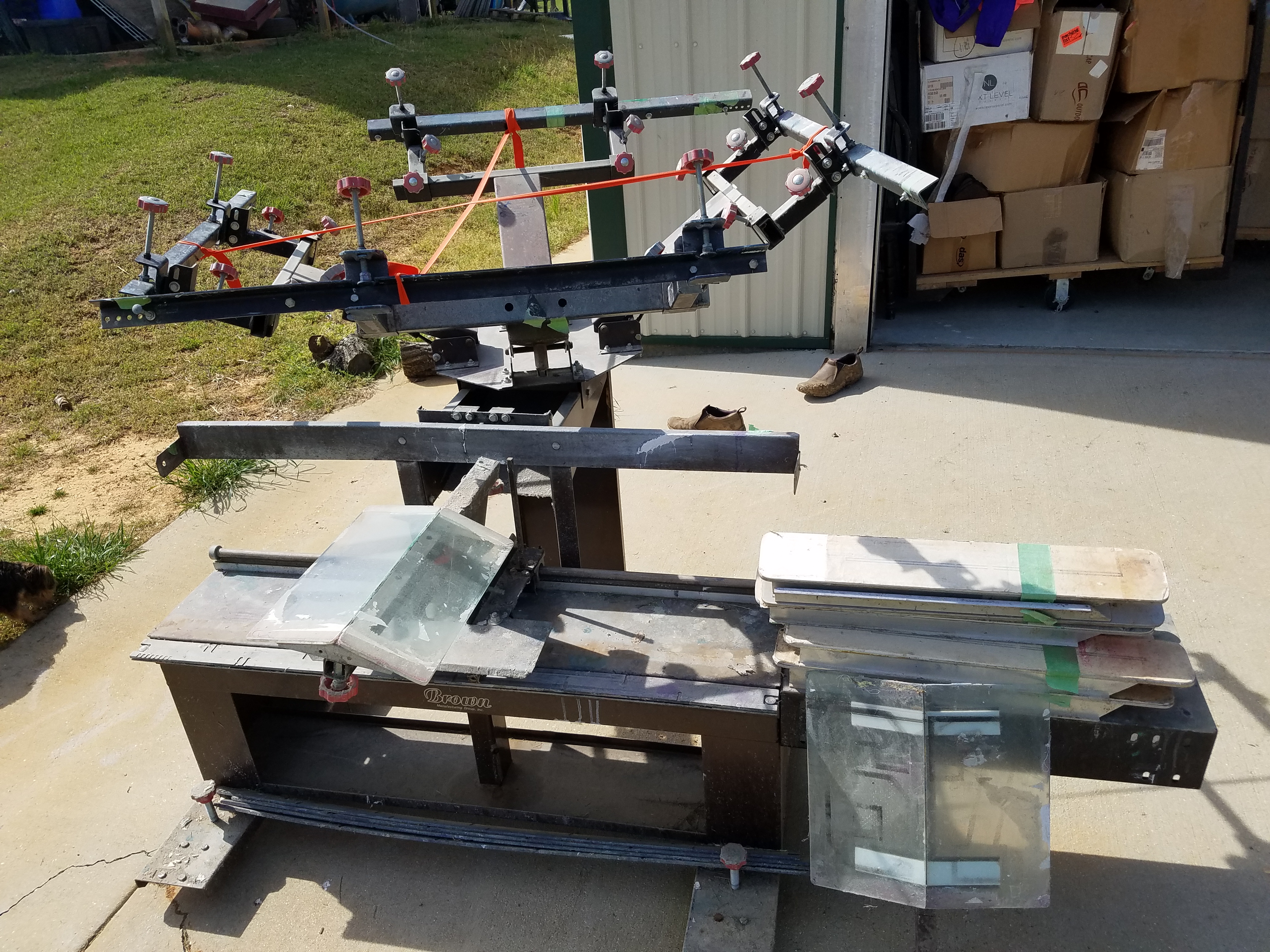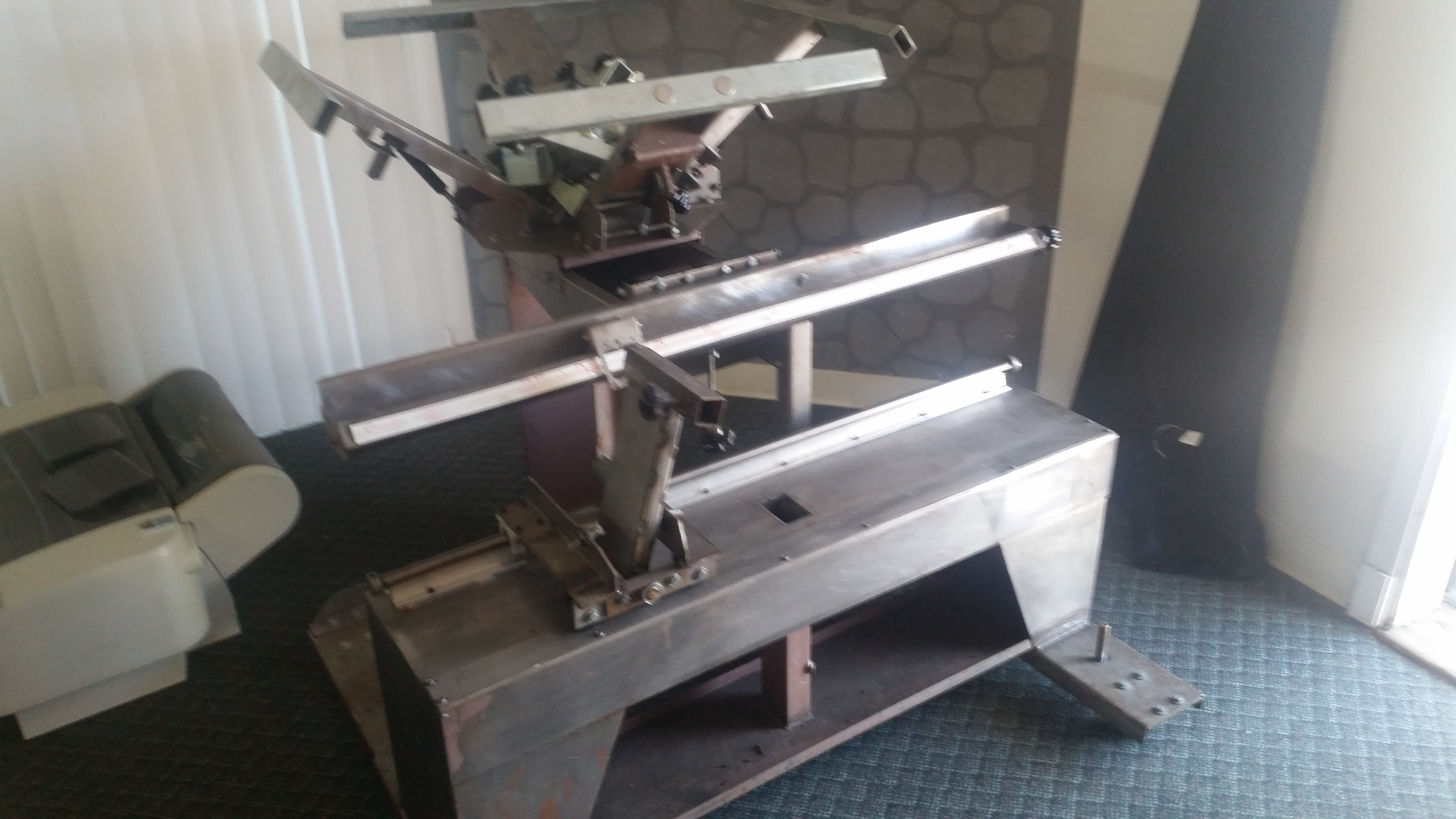

The effect of distance in altering seed exchange between forest islands has not been directly tested. In the East, there is growing concern that the dissection of regional forests and the creation of small forest islands surrounded by non-forest uses (e.g., agriculture) may be affecting plant species richness and developmental patterns of vegetation (Levenson 1976), as has already been noted. Study of seed dispersal between the widely separated forest patches (forest islands) of the eastern Great Plains can contribute to understanding effects of deforestation in the more complex forest island landscapes of the eastern United States. This suggests that the inter-island seed rain is strongly comprised of seeds from edge plants. Edges receive stronger winds than interiors and are often more frequently visited by potential seed-dispersing animals.


In some landscapes dwindling interior forest more » habitats are becoming more widely spaced, while the proportional area of edge is increasing. It is not known if forest edge development reaches an equilibrium similar to states attained by adjoining forest interiors. The majority of the forest islands examined have been at near-climax states of development, while the edges of these islands did not exceed a maximum age of 100 years. These edge conditions have been characterized in the literature by the presence of shade-intolerant, xeric-tolerant tree species normally associated with early stages of forest development. Side-lighting increases the amount of light an edge receives to the point of increasing primary productivity above normal interior forest rates even though dessication may lessen maximal productivity. Edge habitats may vary from 5 to 20 meters wide and, in the case of small forest islands of about two hectares or less, the entire island may display edge conditions. The differences vary according to edge aspect, the way a forest boundary may be structurally maintained by man, and the composition and age of a forest when an edge is created. These habitats often differ from interior forests in: tree species composition, primary productivity, structure, development, animal activity, and propagule dispersal capabilities. Either way is fine given the maximum values.Forested tracts surrounded by non-forested land develop characteristic edge habitats. It will never be negative, so you should just make it unsigned to begin with. While there's nothing wrong with your math, you're leaving 1 bit (so half the range - 2 billion values) on the table for the square. You should check your inputs to make sure you won't get an overflow and let the user enter a different one if it would. 12! is the largest factorial a 32-bit int or unsigned int can hold. Factorials can get very large very quickly. Most compilers will use 32-bits for an int or an unsigned int these days. Note that in my version, the limit is the limit of the factorial, not the square, so it works slightly differently.

Std::cout << sqrt(fact + 1) << " " << i << " are brown numbers\n" Now you can simply do this: void print_brown_numbers(int limit)įor (unsigned int i = 2 i <= limit ++i) I would write a function called is_perfect_square() that looks like this: bool is_perfect_square(const int x) Once you've calculated a factorial, it's pretty easy to add 1 to it and determine if it's a perfect square. It will obviously be slow because of it's brute-force, but it's easy to read and understand, which is always a plus! Here are some ways you could improve it. This is a pretty good brute-force way to find these numbers.


 0 kommentar(er)
0 kommentar(er)
